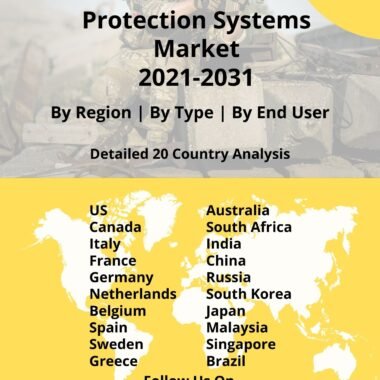Description
The global aerospace and defense composites market was USD 18,411.83 million in 2020 and is projected to reach USD 23,799.45 million by 2026, growing at a CAGR of 4.21%. The aerospace and defense industry is one of the most tightly regulated industries in the world. The materials used in the industry are also subject to high regulatory and performance standards to meet the stringent requirements of their respective applications. Various materials such as composites, aluminum, steel, titanium, and alloys are used in some structural and non-structural parts in this industry. Composites have long been used in the aerospace and defense industries. However, its use in the industry was limited to some applications.
Military aircraft were the first to be composed of aerospace composites. The use of this material helped reduce the structural weight of military aircraft. Boeing announced the Model 787 Dreamliner (wide-body aircraft) in 2011 (entering commercial service). The Boeing 787 was composed of 80% composites by weight. Since then, Boeing has confirmed approximately 1510 orders for this model as of March 2020. Meanwhile, Airbus launched the Airbus A350 XWB, which is made up of 50% composite materials. As of April 2020, the company has recorded approximately 930 orders for the A350 XWB. The use of composites in other aircraft models is expected to increase due to the fuel efficiency benefits promoted by the use of composites.
Rapid fleet expansion amongst airlines is expected to be one of the key drivers for this market. As a result, the number of regional aircraft and the development of secondary airport infrastructure have increased worldwide. The rise in demand for the acquisition of new aircraft in developing nations is expected to support the growth dynamics for this market.
In addition, the fleet of old aircraft in the world also needs to be updated, and aircraft are already beginning to replace old aircraft with new ones. As a result, aircraft manufacturing activity has increased significantly, to meet increasing demand. Material manufacturers have been trying to incorporate a sustainable supply chain for aerospace and defense materials to avoid delays in aircraft delivery. Boeing and Airbus account for more than 60% of the total demand for these materials.
In the aerospace and defense industry, rigid regulations limit the growth of the aerospace and defense materials market. This is predominantly due to the high quality of the end product to be delivered. Therefore, the barriers to entry within this market are high owing to the niche nature of the products. To avoid trade-based restrictions, OEMs must comply with both international and regional regulations. Therefore, the materials used in this industry must adhere to the provided guidelines.
The market structure for aerospace and defense materials is highly fragmented and regulated. Market participants have developed strong supply chains around the world to production timelines. In general, consumers enter a one-year supply contract with manufacturers and suppliers to avoid bottlenecks and confusion. These evolving market strategies help the industry grow in terms of sales. Arconic, a leading player in the aerospace and defense materials market, signed a multi-year supply agreement with Boeing in 2018.




